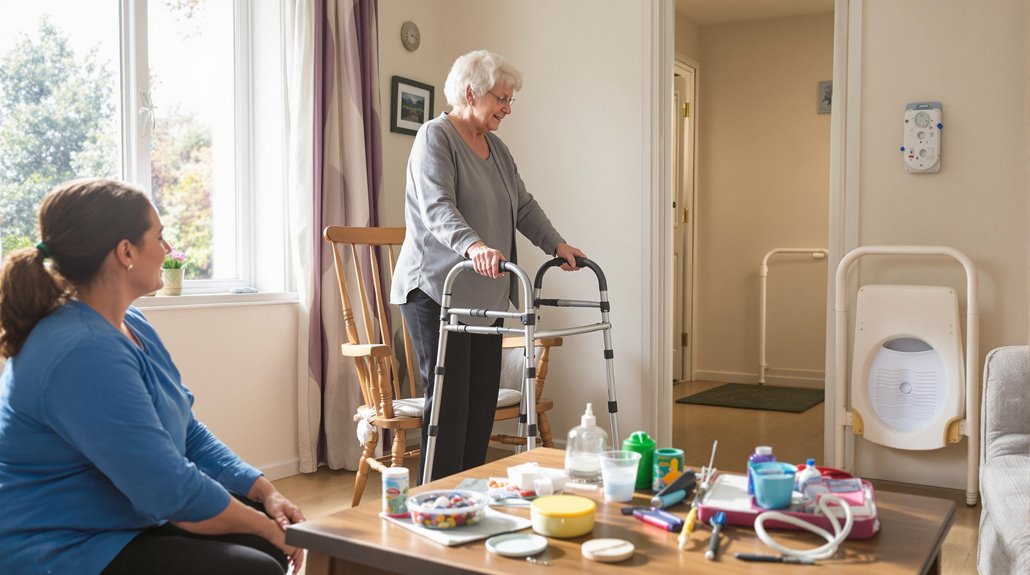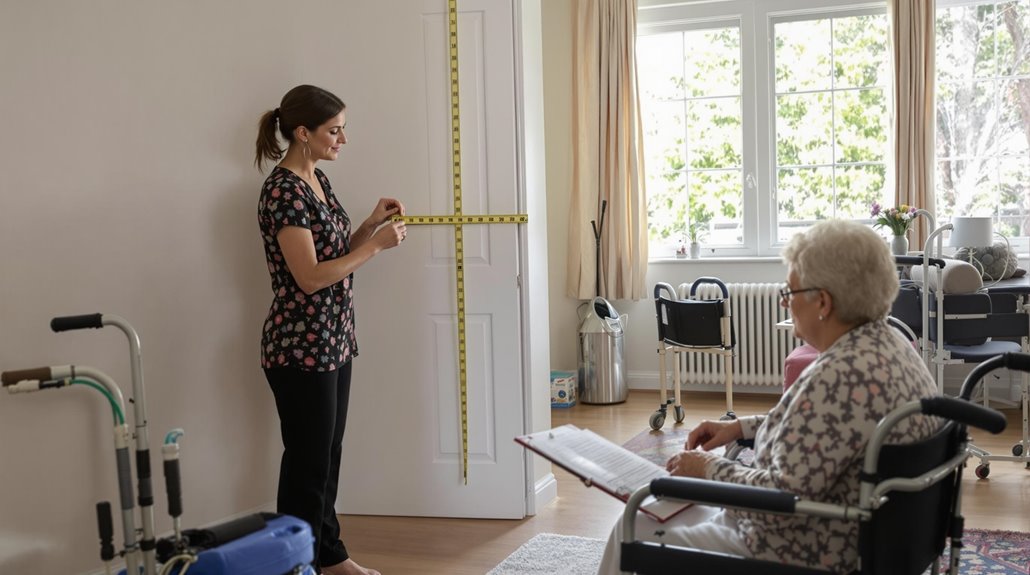Senior assessments represent a critical gateway to accessing quality home health care services and insurance coverage for aging adults. The evaluation process combines multiple components, from gathering essential medical documentation to evaluating daily living capabilities and home safety measures. Understanding what agencies and insurers require helps families navigate this complex system effectively, while proper preparation guarantees seniors receive the most appropriate level of care and support for their specific needs.
Key Takeaways
- Gather complete medical documentation, including physician certifications, recent hospitalizations, and proof of homebound status within the last 90 days.
- Document daily living capabilities using standardized assessment tools like Lawton-Brody IADL Scale and Barthel ADL Index.
- Prepare detailed medication lists with current prescriptions, dosages, and any recent changes in treatment plans.
- Conduct a thorough home safety evaluation addressing fall risks, lighting, bathroom safety features, and emergency response systems.
- Maintain records of all healthcare provider visits, therapy sessions, and changes in health status for compliance requirements.
Essential Documents and Eligibility Requirements

The thorough process of preparing for a senior assessment requires careful attention to essential documentation and eligibility requirements. Home health agencies enforce strict documentation requirements, including doctor’s certification of skilled care needs, detailed care plans, and proof of homebound status.
Proper documentation and eligibility requirements are crucial steps in preparing seniors for comprehensive home health assessments and ongoing care services.
Additionally, insurance verification and professional assessment reports are vital components of the eligibility criteria. Medicare and Medicaid beneficiaries must demonstrate their need for intermittent skilled services through face-to-face physician encounters within 90 days of care initiation.
Clinical evaluations confirm care necessity, while extensive care plans outline specific services and goals. Financial documentation, including income statements and asset verification, helps determine coverage eligibility.
The assessment process guarantees that seniors receive appropriate care while meeting regulatory standards for home health services.
Medical History and Current Health Status
Building upon established documentation requirements, an exhaustive medical history and current health status assessment forms the cornerstone of senior care evaluation. Providers must thoroughly document chronic conditions such as diabetes, hypertension, and cognitive impairments, along with their impacts on daily functioning.
Comprehensive medication management includes reviewing current prescriptions, over-the-counter medications, and potential drug interactions that could affect senior health outcomes.
The assessment should capture recent hospitalizations, changes in symptoms, and early warning signs of clinical decline. Healthcare providers evaluate cognitive function, mental health status, and physical capabilities through standardized screening tools.
Additionally, they must consider family medical history, genetic predispositions to age-related diseases, and social determinants that influence overall well-being and care planning.
Daily Living Skills and Mobility Assessment

Thorough evaluation of daily living skills and mobility forms a critical foundation for evaluating senior independence and care needs.
Assessment tools like the Lawton-Brody IADL Scale and Barthel ADL Index help measure a senior’s ability to manage daily routines, from basic self-care to complex household tasks. These evaluations examine core activities such as personal hygiene, dressing, and eating, while also considering instrumental skills like meal preparation and transportation.
Comprehensive assessment scales track seniors’ independence across daily activities, from basic hygiene to complex household management and transportation needs.
Professional evaluators carefully observe mobility challenges through balance coordination tests and transfer abilities between surfaces. They assess how seniors navigate their environment, use assistive devices, and manage fall risks.
This extensive approach, utilizing standardized scoring systems, enables care providers to identify specific areas where support may be needed and develop appropriate intervention strategies for maintaining independence.
Home Environment Safety Checklist
Creating a thorough home environment safety checklist stands as an important step in protecting seniors from preventable accidents and injuries. A detailed home safety assessment focuses on five vital areas: tripping hazards, lighting requirements, staircase improvements, bathroom enhancements, and emergency preparedness protocols.
To guarantee effective fall prevention, homes should remain free of clutter, with secure flooring and organized electrical cords.
Adequate lighting throughout the residence, particularly in high-traffic areas and stairways, proves critical for safe navigation.
Installing sturdy handrails, grab bars, and proper safety equipment in bathrooms greatly reduces accident risks.
Additionally, maintaining functional smoke detectors, clearly displayed emergency contacts, and accessible fire extinguishers creates a secure environment that both caregivers and healthcare assessors recognize as meeting important safety standards.
Support Network and Caregiver Evaluation

A robust support network and thorough caregiver evaluation system form the cornerstone of effective senior care management. Health agencies and insurers carefully assess support networks through standardized intake processes and detailed evaluations that examine both caregiver capacity and network partnerships.
Key components of support network and caregiver evaluations include:
- Multidimensional assessments of physical, emotional, and practical caregiving abilities
- Integration with local aging networks and healthcare providers for coordinated service delivery
- Standardized screening protocols to identify caregiver needs and burnout risks
- Data-sharing systems between agencies to improve service alignment and eligibility determination
These evaluations guarantee seniors receive appropriate support while maintaining caregiver well-being through targeted assistance programs, ultimately creating a sustainable care environment that benefits both care recipients and their support networks.
Quality Standards and Compliance Measures
Quality standards and compliance measures serve as foundational elements in senior care assessment, ensuring consistent, high-quality service delivery across healthcare organizations.
Healthcare providers must maintain strict adherence to CMS requirements, including a 90% compliance rate for quality assessments and thorough OASIS documentation. Regular compliance audits examine five core measure areas: patient care, provider communication, specific care issues, overall quality, and emergency preparedness.
Quality metrics are continuously monitored through QAPI programs, which focus on data analysis and performance improvement. These programs integrate infection control protocols, staff training requirements, and emergency preparedness plans.
Healthcare organizations must also maintain detailed documentation systems that track patient outcomes while meeting accreditation standards set by CMS and the Joint Commission.
Insurance Coverage and Documentation Needs

Insurance coverage and documentation requirements form the cornerstone of successful senior care assessments, establishing clear pathways for reimbursement while ensuring appropriate service delivery.
To meet insurance eligibility standards and maintain documentation accuracy, providers must carefully compile specific records and certifications.
Key requirements include:
- Physician certification of homebound status and medical necessity
- Detailed service logs documenting all care provided, including dates and provider names
- Regular care plan updates reflecting changes in treatment approaches
- Medicare certification verification for home health agencies
Maintaining thorough documentation supports efficient claims processing and demonstrates compliance with federal standards.
Healthcare providers should implement systematic approaches to record-keeping, ensuring all required elements are properly documented and readily available for insurance review or audit purposes.
Bottom Line
Successful senior health assessments depend on thorough preparation and documentation that meets both agency and insurer requirements. By gathering essential medical records, evaluating daily living capabilities, and ensuring home safety compliance, families can facilitate extensive care planning for their elderly loved ones. Understanding these requirements helps create a strong foundation for quality senior care while maximizing insurance coverage and maintaining regulatory compliance.




